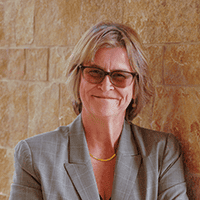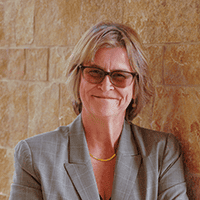
A Missed Opportunity
In 2005, our founder Bill King wrote in these pages that payday lending did not pass the smell test. He pointed out that no matter how profitable the payday or advance on deposit loan might be, the history of these loans is predatory. Bill pointed out the payday lenders targeted military families and those least able to understand the nature of the commitment they were making. He also pointed out a host of other issues that he considered not in line with the character of our industry. This was prior to passage of the Dodd-Frank Act, when many of the “worst practices” Bill highlighted were identified as the very issues the Consumer Financial Protection Bureau (CFPB) was created to fix.
In a March report, the CFPB outlined the manner in which the payday industry creates a progressive cycle of indebtedness. Early this year, several large banks including Wells Fargo & Co., Fifth Third Bancorp and U.S. Bancorp, announced they were exiting the high-interest rate, small-dollar model in advance of the publication of the report.
The payday model will remain a primary lending product for non-bank businesses offering this type of credit facility, although the CFPB just levied a $10 million fine against one payday lender in June. There are many reasons why such companies thrive even though a high percentage of the people that use their products will drown in debt. Payday lenders are often open 24 hours a day, have multilingual clerks and, probably most importantly, they do not make people feel like failures because they are struggling. American Express Co. has sponsored a 40-minute documentary video entitled “Spent” (available at Spentmovie.com), which looks at the people who use those products; it is hard to watch.
All hand wringing aside, there is a huge market for better products than the ones now available through the shadow banking system. At Emerge, the annual conference of the Center for Financial Service Innovators, there was a great deal of conversation about what could replace the payday loan product that would be profitable for the lender, scalable and still grant credit to those on the margins who are struggling financially. There are new databases being created that operate outside the traditional method of credit scoring and might make it easier to underwrite these loans. Mobile technology could make servicing these loans more efficient and cheaper. For such innovations to gain traction, it will be essential that banks receive clear guidance from the regulators-guidance which has been habitually vague.
In March, the Federal Deposit Insurance Corp. released a report about how community banks could work with community development financial institutions (CDFIs) to meet their lending, investment and service test requirements under the Community Reinvestment Act. The issuance of this report might offer some much needed insight into what the government hopes will emerge to replace payday lenders. At least some regulators would like to have community banks work with CDFIs and nonprofits to teach financial literacy, build a credit history for those without one, and improve access to small dollar loans at reasonable interest rates paid over time. This seems like a chance for our industry to serve the needs of this community. It remains to be seen if banks can make the necessary profit to do so.
Large banks, nonbank financial services companies and a few community bank pioneers are quickly realizing there is an even better reason than CRA credits to bank new immigrants and other underserved populations. Offered well priced and carefully conceived products, these customers can be profitable now. We are in the middle of a major demographic change and banks that solve problems for these groups now will be able to continue to serve them as they build businesses and rise to accumulate wealth. If banks don’t seize the opportunity, competitors like American Express’ Serve prepaid card product, which added one million new customers in April alone, will. Credit unions are entering the fray, and Bank of America Corp. just rolled out Safe Balance, a low fee checking account that will not allow customers to overdraft. It is designed to make bank fees predictable and reasonable for customers living close to the edge. Vancity, a Canadian credit union, has launched a new personal credit line program designed to be both profitable and helpful to low-income families.
It is becoming clear that the biggest and savviest financial institutions are actively exploring ways to profitably provide access to credit and financial services for a significant segment of the population struggling financially. The payday loan, with its predatory history and image, isn’t the only way to address this growing market.
The time to join in this conversation is now-not after the non-bank financial service companies have taken the field. Once young, diverse and struggling populations become used to a financial life outside of the banking system, it will be very hard to bring them back in.

Join OUr Community
Bank Director’s annual Bank Services Membership Program combines Bank Director’s extensive online library of director training materials, conferences, our quarterly publication, and access to FinXTech Connect.
Become a Member
Our commitment to those leaders who believe a strong board makes a strong bank never wavers.



